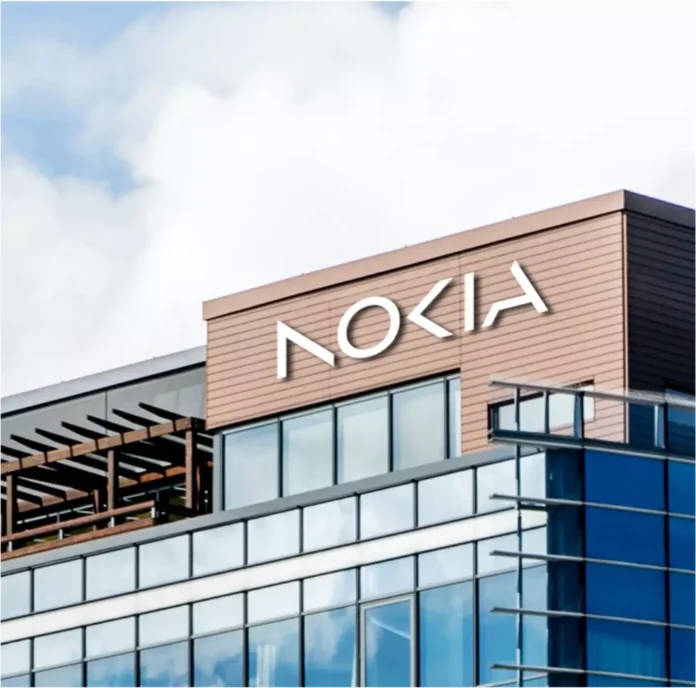The partnership combines Nokia RAN software and Layer 1 acceleration with NVIDIA CPUs for Layer 2 processing and GPUs for AI and vRAN acceleration
Network equipment providers are rapidly working with partners to bring artificial intelligence (AI) capabilities to bear as operators go through major network modernization efforts and operational overhauls in pursuit of becoming cloud native. The latest from Nokia, announced Feb. 21 in the run up to Mobile World Congress in Barcelona, is a deal with AI-powerhouse NVIDIA to combine the former’s cloud and virtualized radio access network (RAN) solutions with the latter’s CPUs and GPUs. The move to virtualize and cloudify (and in some cases disaggregate) the RAN is a priority as operators pull whatever levers they can do drive down operational costs largely as a function of automation, and imbue networks with the flexibility needed to support new services and attendant business models.
Nokia President of Mobile Networks Tommi Uitto, in a statement, said the partnership with NVIDIA and other ecosystem players “means we can drive efficiency, innovation, openness, and scale by delivering competitive advantage to operators and enterprises.” He characterized the deal as “a further example of our anyRAN approach that is helping to make cloud RAN a commercial reality.”
Nokia announced anyRAN along with a brand overhaul at MWC last year. The idea is to let customers, either operators or enterprises, choose integrated radio systems, hybrid RAN or full-on cloud RAN. Nokia RAN software has been tweaked to “run on any partner’s cloud and server infrastructure in addition to Nokia AirScale base stations and Nokia AirFrame servers,” according to the initial announcement. As an aside, Nokia recently announced that AirFrame customers would be transitioned over to Dell server infrastructure going forward. Back to anyRAN: “This approach removes the complexity from deployments by allowing [a range of RAN stacks], enabling deep multi-level disaggregation at the cloud infrastructure and data center (server) hardware layer.” Another key piece is Nokia’s CloudRAN SmartNIC for Layer 1 frontal acceleration; the network interface controller “integrates seamlessly with all leading cloud or server infrastructure.”
NVIDIA is bringing its Grace CPU Superchip for Layer 2 processing which is primarily the actual transfer of data between network nodes, as well as some error detection and correction. This particular chip sports 144 Arm Neoverse V2 cores and 1 TB/s memory bandwidth; it’s tailored for emerging AI/data center use cases. NVIDIA’s GPUs will be used for “AI applications and vRAN acceleration, paving the way for AI-RAN,” according to Nokia.
NVIDIA’s Ronnie Vasishta, senior Vice President of Telecom, said in a statement that the work with Nokia “will deliver more performant and energy-efficient cloud RAN solutions. Plus, as AI creates unprecedented transformational opportunities across industries, our collaboration with Nokia deepens AI-enabled innovation in radio access networks for improved operational efficiency in telecommunications.”
For more from Vasishta on telco AI and NVIDIA’s approach to it, check out this video interview. For a comprehensive look at how telco AI is being considered by key players in the ecosystem, as well as strategies, challenges, opportunities and more, check out RCR Wireless News’ Telco AI Deep Dive series of one-on-one executive interviews.
Nokia’s chief rival Ericsson at one point was working with NVIDIA on using GPUs for vRAN; this was announced in October 2019. We’ve reached out to Ericsson to better understand the current disposition, if any, of that arrangement, and will update this story with any additional information.
Editor’s note: This story has been updated with a comment from Ericsson: “We have a great collaboration with NVIDIA for 5G and AI, but no new specifics to share at this time. We will provide an update when there is news to communicate.”

